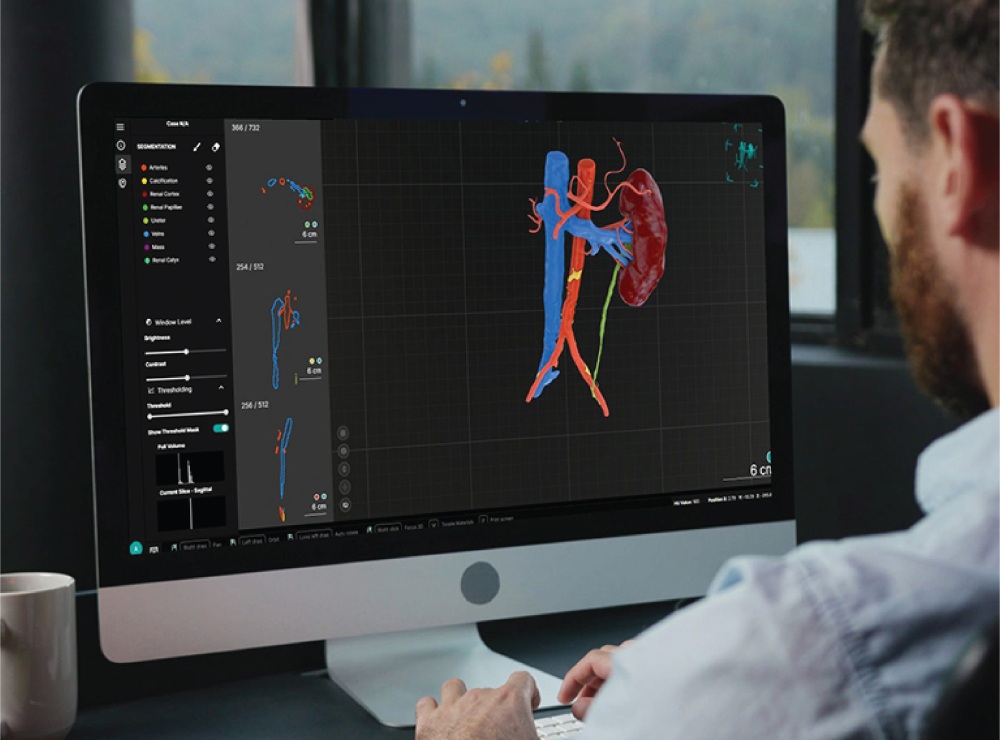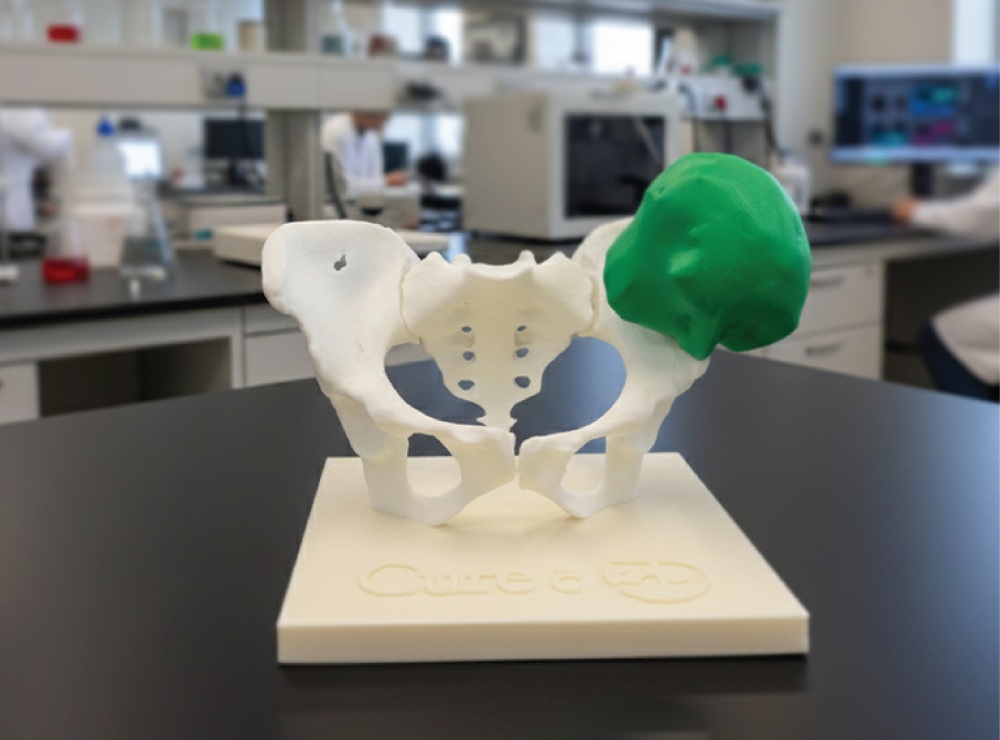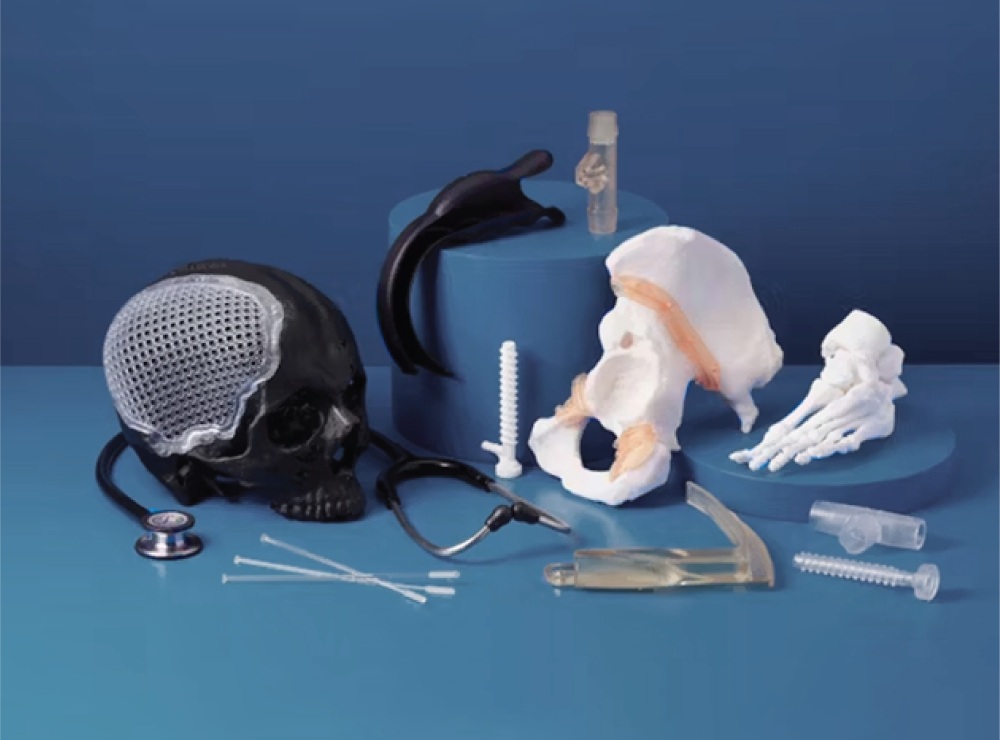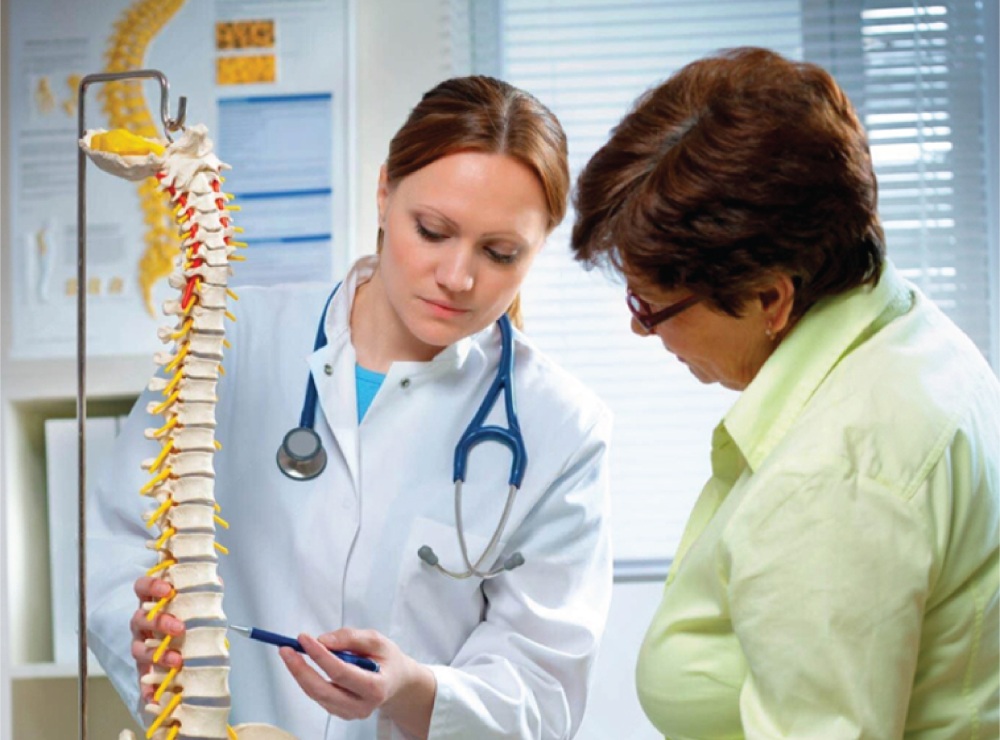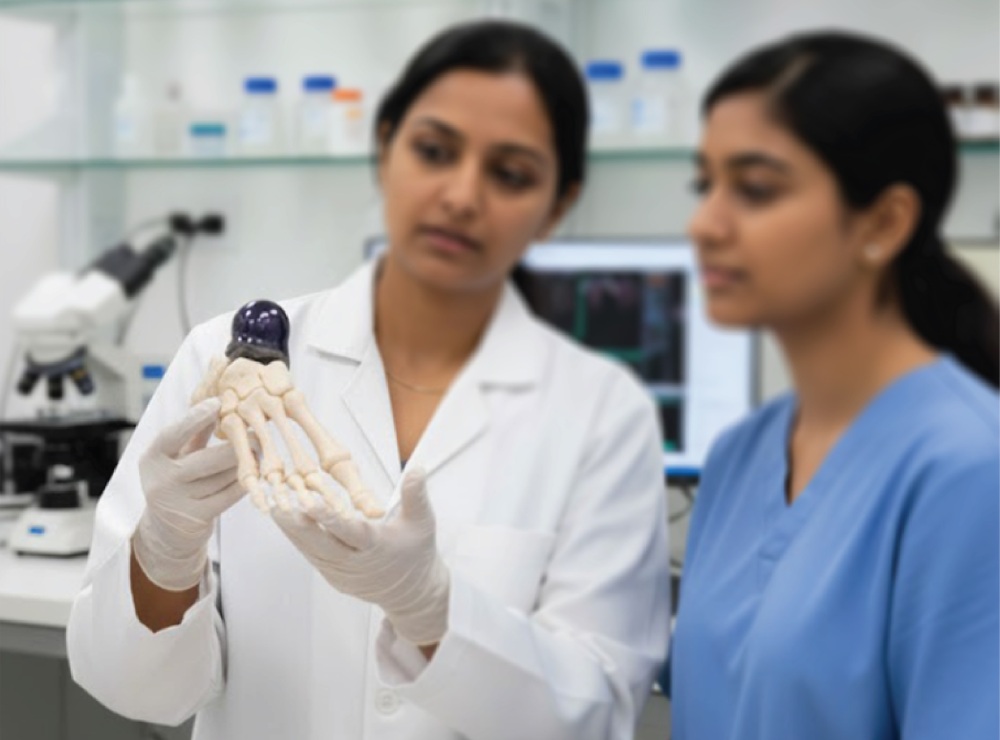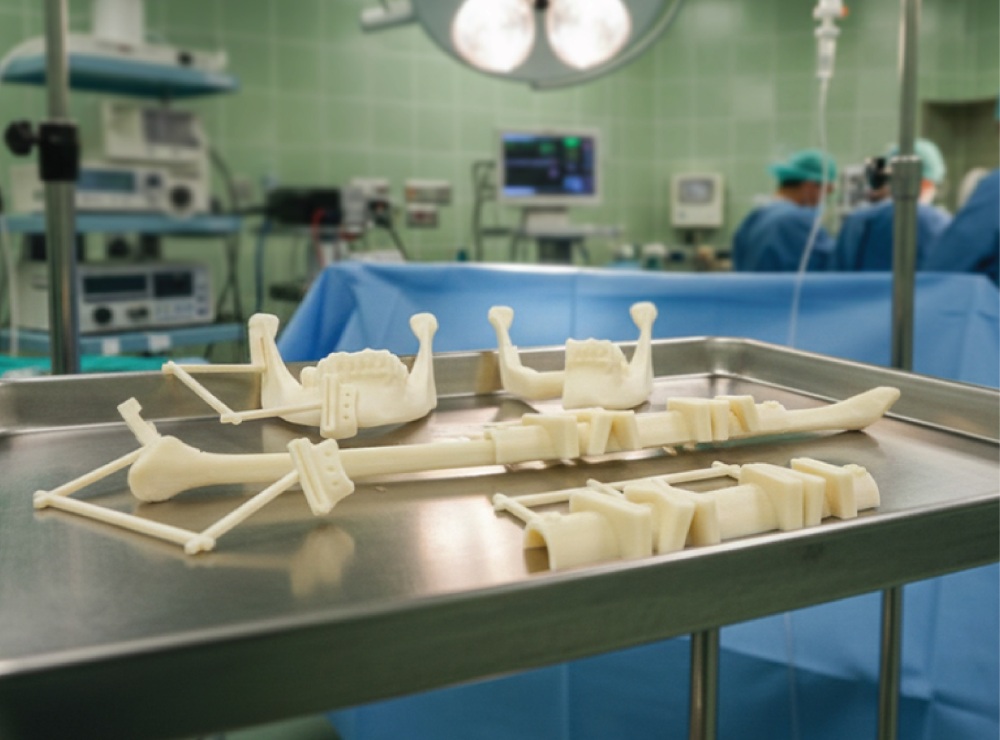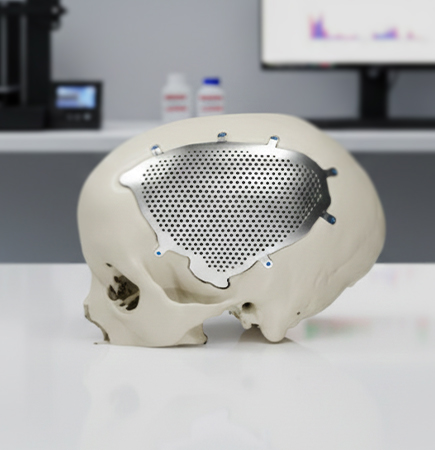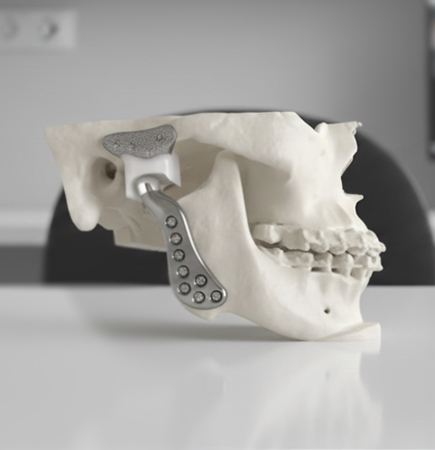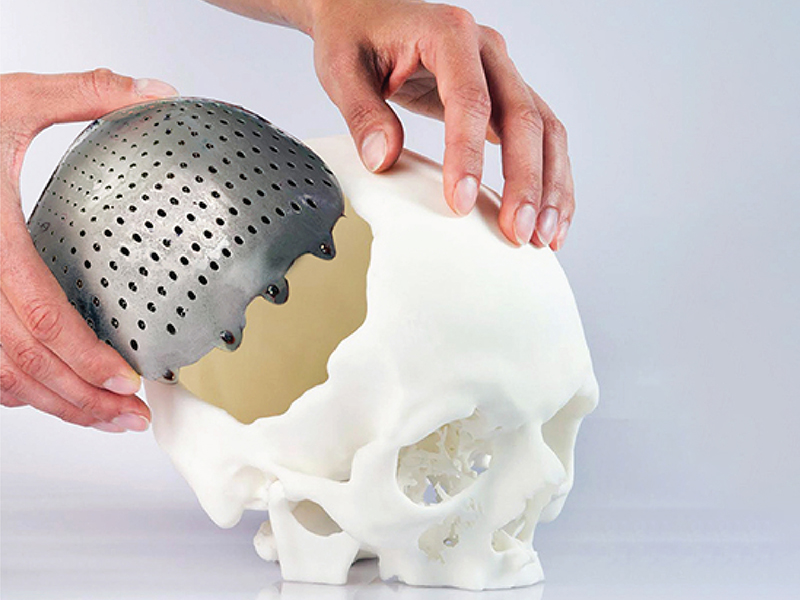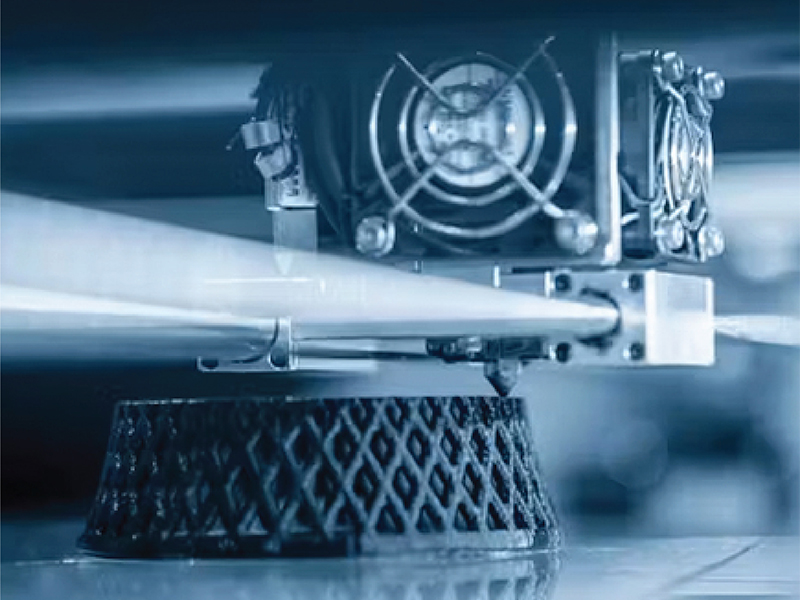Welcome to Curewith3D
We are
CureWith3D, a healthcare-innovation company focused on creating customized, patient-specific 3D-printed surgical guides, orthopedic & dental implants, and anatomical models. From segmentation and 3D modelling to surgical planning and follow-up support, we help patients understand their path and feel supported every step of the way. Based in India and connected globally, we deliver quality care and cost-effective solutions that make a difference.
fun and facts
+
Surgical procedures supportedwith custom 3D solutions
%
Accuracy rate in patient-specificimplant fitting
+
Healthcare facilities and surgeonstrust our technology
%
Reduction in average surgerytime with pre-planning
Our Services
3D Printing Services
Get Precision In Your Practice/ Precision Tools for Smarter Surgical Decisions/ Advanced 3D Solutions Built for Clinical Precision
Specialties We Serve
Why Curewith3D?
Because precision begins before the incision.
Surgical guides with sub-millimeter precision.
Digital workflow enables rapid production.
Full compliance with medical device regulations, quality management standards, and sterilization protocols.
24/7 support team available throughout the design, production, and implementation process.
Contact Us
Transform Your Surgical Precision Today
How We Do It?
Simplifying Precision in Every Step
01
Submit Medical Imaging
Upload CT or MRI scans through our secure portal or coordinate directly with our clinical team.
02
Virtual Planning
Our engineers create 3D anatomical reconstructions and design patient-specific solutions in consultation with your surgical team.
03
Approval & Production
Review digital designs, provide feedback, and approve before we proceed with medical-grade 3D printing.
04
Quality Verification
Every product undergoes dimensional inspection, biocompatibility validation, and sterilization before delivery.
05
Clinical Application
Receive your custom solution with comprehensive documentation and clinical support for surgical implementation.
+
Healthcare facilities and surgeonstrust our technology





